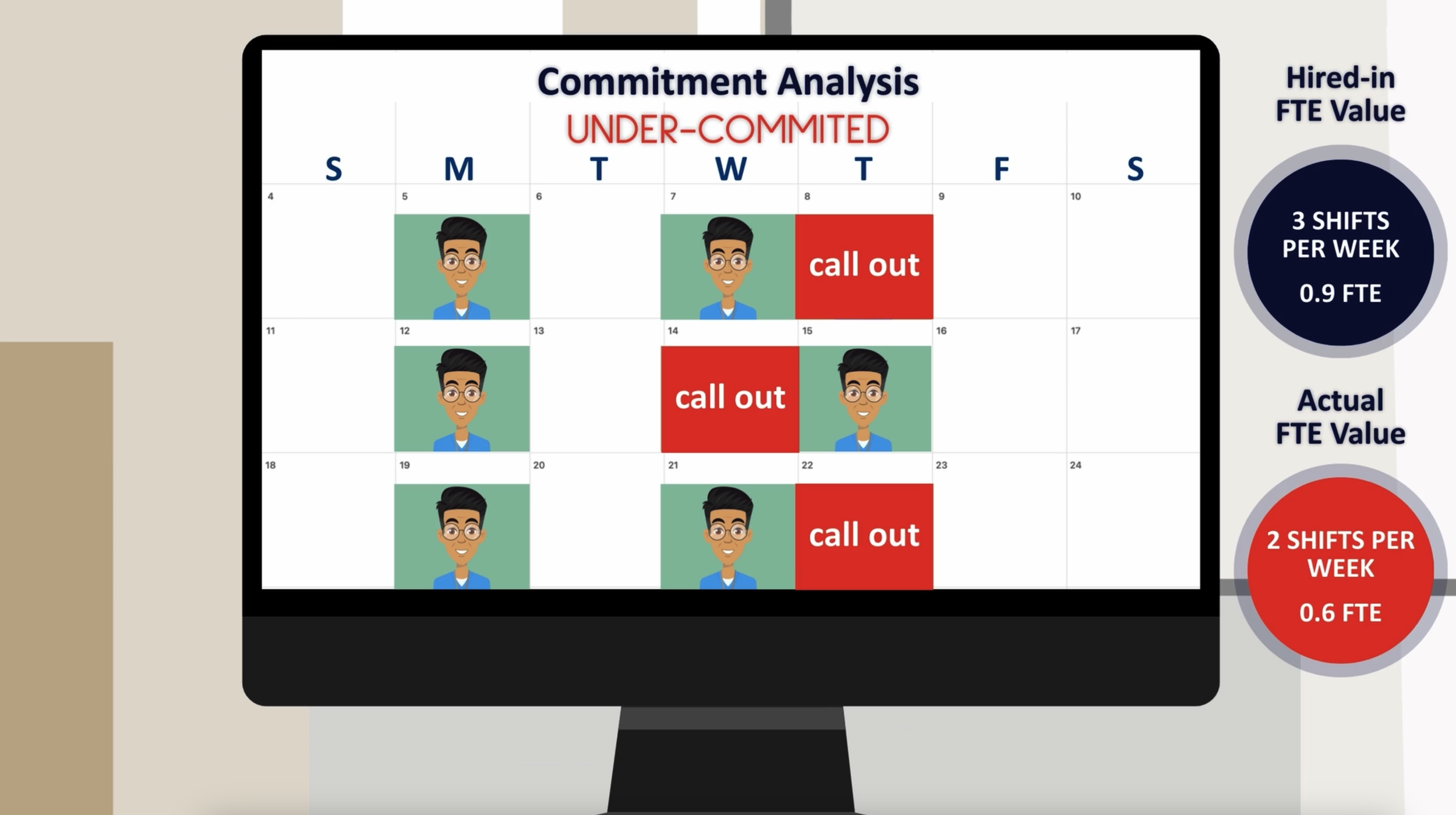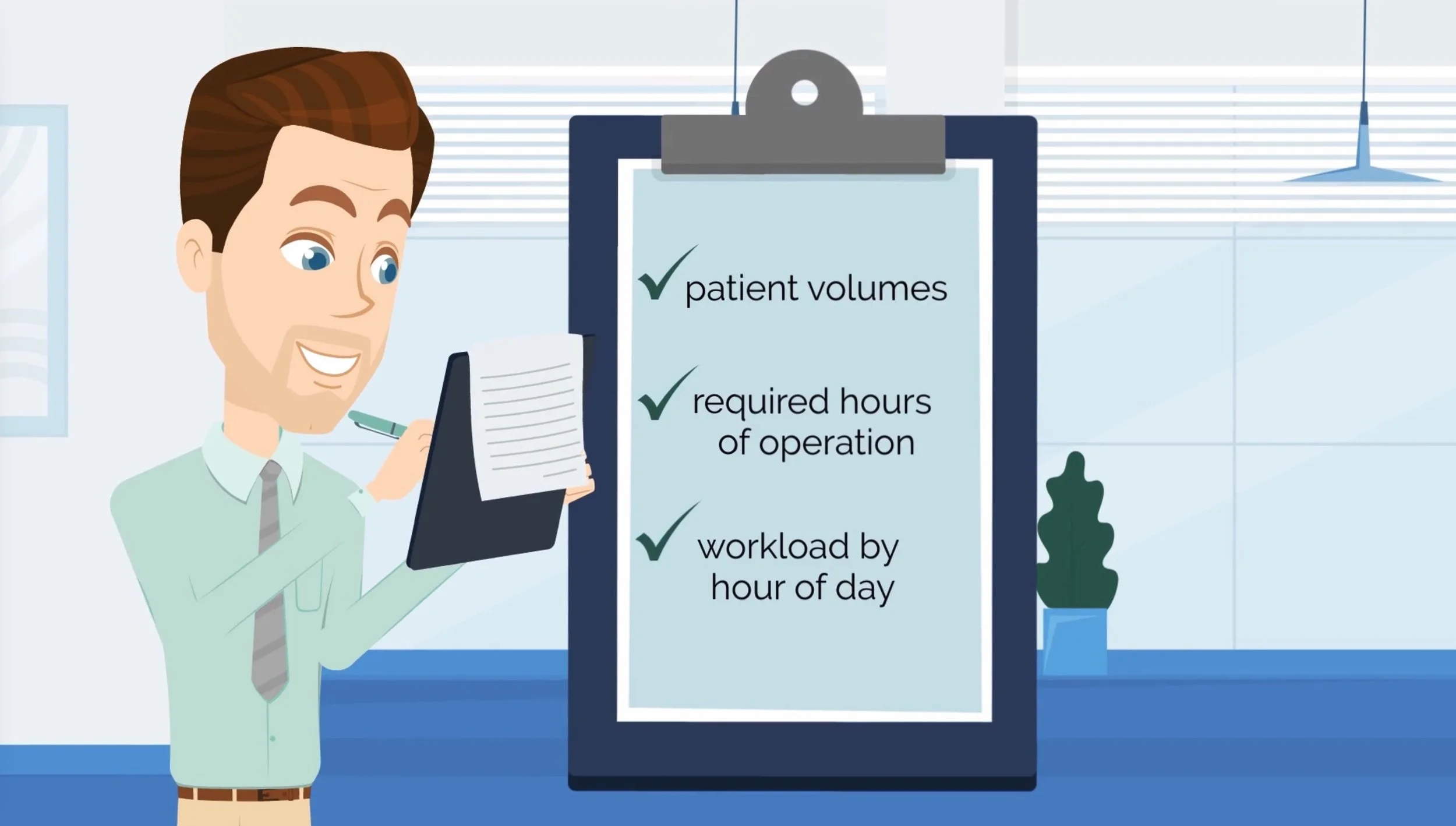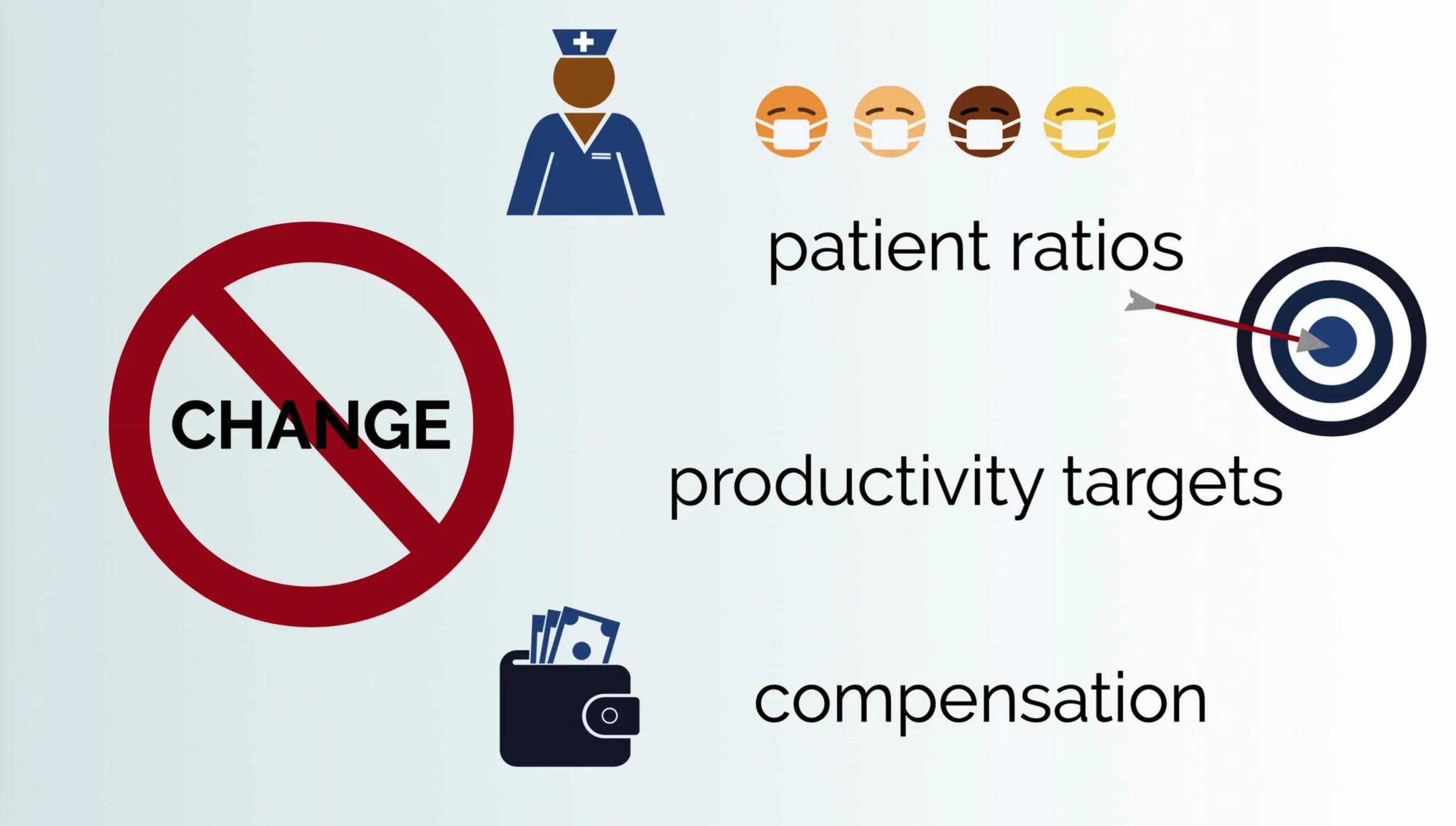videos
LABOR BUDGET
What does annual budget development look like at your organization? In many hospitals, the word “budget” represents the dreaded annual boxing match between finance and operations – particularly when it comes to labor and productivity. If your organization is tired of “back to budget” season and would benefit from a labor budget that is more fact than fiction, email us at admin@caracookconsulting.com.
WORKFORCE DEVELOPMENT
Beyond simply filling talent pipelines, an effective workforce development strategy goes much further by thoughtfully curating a robust, sustainable, and flexible labor pool over time. Watch this video and consider the approach your organization is taking – does it encompass both external AND internal pipelines?
COMMITMENT
Do you know if your team members are working up to their FTE commitment? A commitment analysis helps discover if a team member's hired-in value translates to their actual weekly hours. This is critical for knowing how many shifts are available to support patient care. Watch this short education video to learn more about aligning commitment for your team.
LABOR MANAGEMENT EDUCATION
There are many reasons to focus on labor management in hospitals, but the most common is financial. Labor spend is considered the most controllable spend category. However, the true purpose of labor management is to ensure we have the right staff, in the right place, at the right time to provide high quality patient care. Watch this educational video to learn the nuanced technique of measuring labor.
FLOAT POOL
We were inspired to create this video by the many well-intended, but underperforming float pools out there - we can do better! If you have a float pool or are considering implementing one in your hospital, please consider the risk to your finances, staff engagement, and even quality patient care if the float pool is not: 1) Sized by shift and skill based on calculated historical needs by type and by unit 2) Aligned in compensation with staff flexibility - paying more for alternating nights/days/locations 3) Thoughtfully administered, including meaningful reporting distributed to stakeholders weekly, monthly. Avoiding mistakes made by others is entirely possible with a little planning!
Hire Targets
High performing organizations use the most advanced method of position control. Establishing FTE hire targets based on monthly department volumes is complex, but it is also the most effective by far. Often, the most cost-effective number of FTEs to hire into a department is the number of FTEs (aka hours) produced by the productivity target in the lowest volume month, even though premium must be used in most months to flex up to increased volumes (some organizations refer to this as "hiring to core"). This can create a challenging operational situation. If the flex is too great to achieve, hire targets won't work for you. The key is finance and operations working together and meeting in the middle!
PREMIUM PAY mANAGEMENT
While premium pay has always been a key success factor for hospitals, the post-COVID environment has elevated its importance to a top focus area in most organizations. Whether struggling with the availability of temporary staff or the hourly rate and total cost, most healthcare veterans acknowledge we are in brand new territory. The industry is seeing more and more atypically desperate measures – some hospitals are even closing units to avoid exacerbating negative margins. Managing premium pay is easy to say, but incredibly complex in practice. With a surprisingly long list of variables, it is important to start simply.
DEMAND MATCHING to Ensure Equal Workload
Ensuring you've scheduled the right staff at the right place and at the right time is pivotal to providing quality care to patients. This exercise can be challenging as patient workload can vary significantly by hour of day or day of week, depending on the department. While demand matching can positively impact both patient outcomes and employee turnover by evenly distributing workload, it can also save millions of dollars and improve patient throughput.
Chronic Vacancies? Hire Ahead to Reduce Avoidable Premium Labor Spend!
The turnaround time for hiring and orienting replacement staff creates a greater vacancy burden than is typically seen on paper. When staff are unavailable to work, we rely on premium labor such as overtime or travelers to care for our patients, which can adversely impact our culture, outcomes, and the financial bottom line. Hiring ahead is a strategy that allows us to quantify the true vacancy burden and hire the perfect amount of FTEs to avoid premium pay.
Zero Base Staffing Models: A quantitative alternative to benchmarking that supports productivity
Ensuring we employ the right number of staff is critical to support hospital teams to provide optimal care to patients in their communities. An alternative to benchmarking, zero-basing ensures each department has the appropriate number of staff and a customized productivity target that supports efficient operations.
The Surprisingly Significant Impact of Managing Productivity Daily
Daily productivity management is considered an industry best practice because it is low/no cost solution that requires no change to patient ratios, budgeted productivity targets, or compensation. One 250 bed hospital saved $1.5M in one year by implementing daily productivity management without reducing workforce!
INTRODUCTION TO CARA COOK CONSULTING
We are a team of healthcare industrial engineers and former hospital administrators. Our goal is to sustain profitability and optimize operations of US healthcare organizations, supporting them to provide and improve patient care for the communities they serve.











